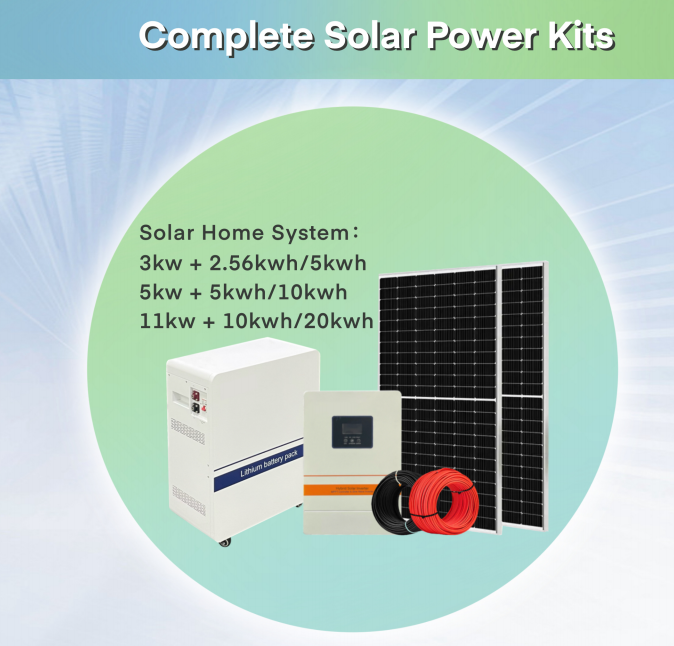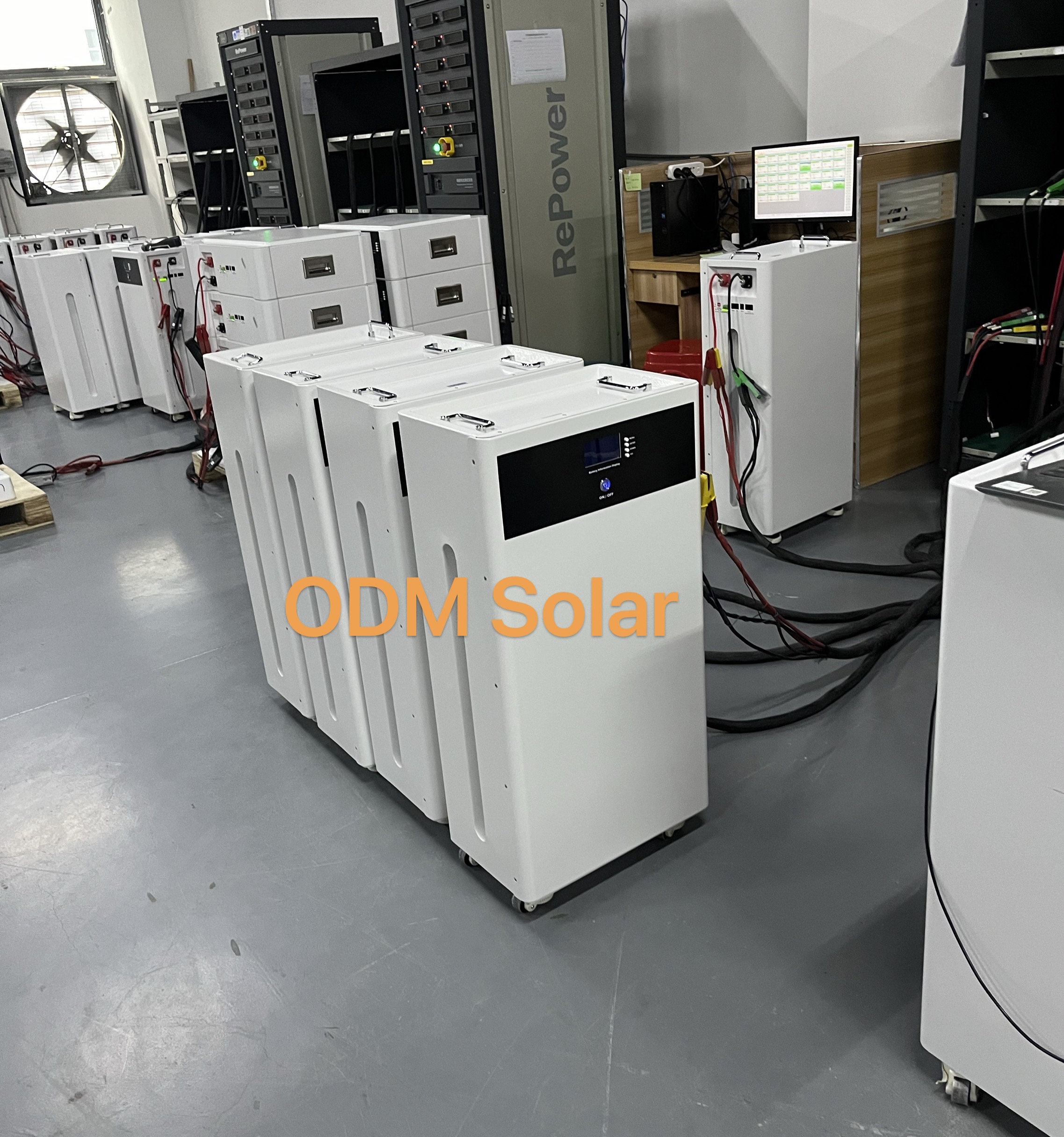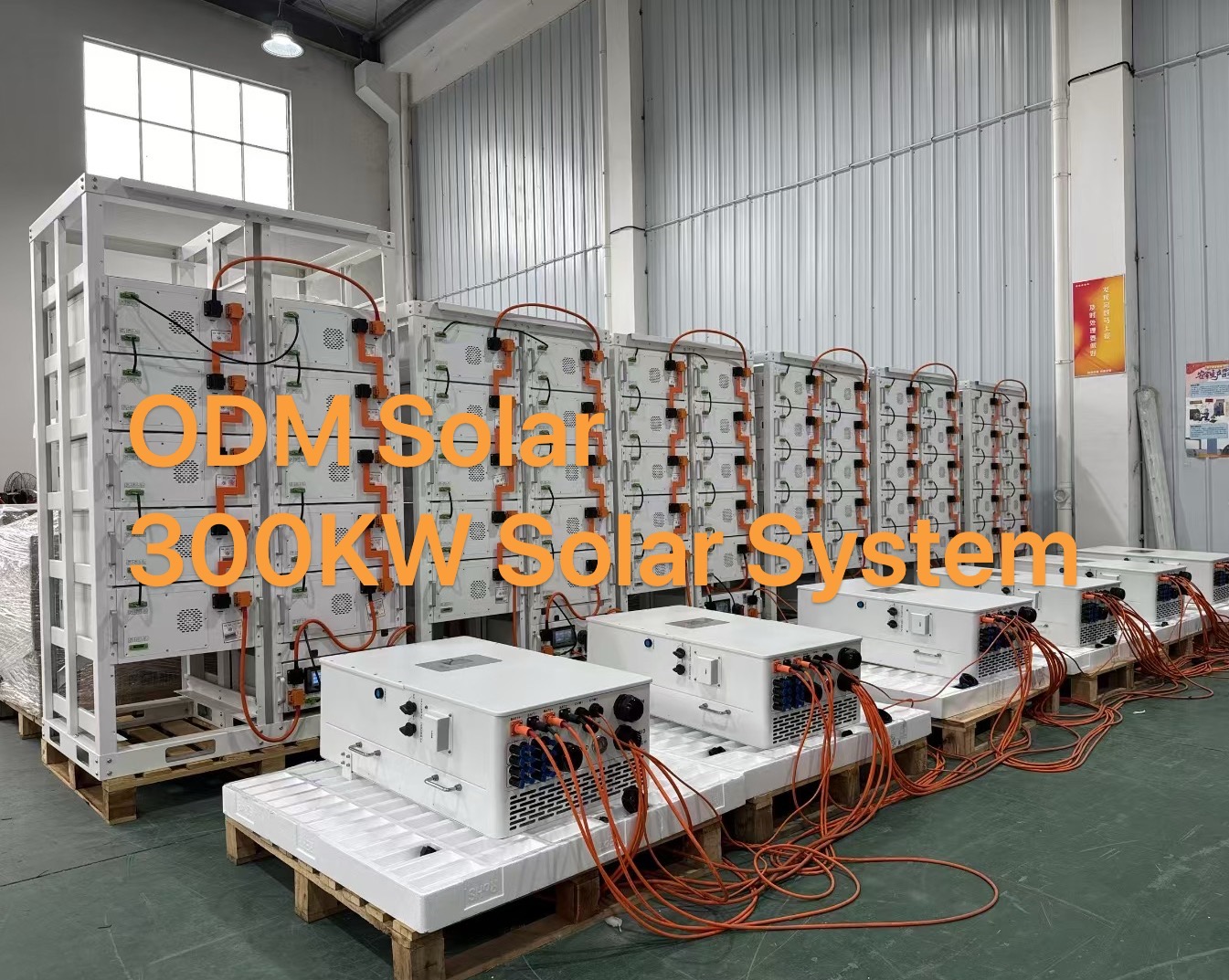Short circuit current (Isc), when the positive and negative poles of the photovoltaic module are short circuited to V=0, the current at this time is the short-circuit current of the photovoltaic module. The unit of short-circuit current is A (ampere), and the short-circuit current changes with the intensity of light.
Peak current (Im): Peak current is also known as maximum operating current or optimal operating current. Peak current refers to the operating current of a photovoltaic module when it outputs maximum power, and the unit of peak current is A.
Conversion efficiency (n): Conversion efficiency refers to the ratio of the maximum output power of a photovoltaic module when exposed to light to the power of the solar energy shining on the module. That is, n=Pm (peak power of photovoltaic module)/A (effective area of photovoltaic module) × Pin (incident light power per unit area), where Pin=1000W/㎡=100mW/cm2.
Storage Inverter
The energy storage inverter is the core component of integrated photovoltaics and energy storage. Energy storage inverters can handle emergency situations. When there is a power outage or instability in the power grid, the energy storage inverter will automatically switch the grid power supply to battery power mode, with a very short switching time (UPS effect), which does not affect the use of the load. Energy storage inverters enable both photovoltaics and the power grid to charge batteries. During the day, photovoltaics can charge batteries, and at night when electricity costs are lower, the power grid can also charge batteries. On the household side, energy storage can reduce the amount of electricity purchased by households, increase the degree of spontaneous self use, and reduce dependence on traditional power grids., Its main functions include:
Convert the direct current generated by photovoltaics into alternating current through a DC/AC circuit for use by the load;
Charging the battery with direct current generated by photovoltaics through a DC/DC circuit (MPPT);
When there is insufficient or no photovoltaic power generation, take electricity from the grid and charge the battery through AC/DC;
Implement the system's built-in EMS control strategy, such as time-sharing charging and discharging strategy, photovoltaic priority strategy, etc;
Residential Storage System DC Couple and AC Couple
1、According to the different coupling modes of photovoltaic and energy storage systems, household energy storage inverters can be divided into DC coupling and AC coupling
DC Couple:It refers to the connection of energy storage batteries and photovoltaic modules to the DC side of the integrated photovoltaic system, where the integrated photovoltaic system is directly connected to the photovoltaic modules and the energy collection point is located on the DC side. In this scheme, the photovoltaic inverter and bidirectional converter are integrated into a photovoltaic storage integrated machine, and directly connected to photovoltaic modules, power grids, batteries, etc., forming a whole. When the photovoltaic system is in operation, the generated electricity can be used to charge the battery through the photovoltaic storage integrated machine, or to supply power to the load or input into the grid.
AC Couple:It refers to the connection between the energy storage system and the photovoltaic system on the AC side, where the energy storage system (battery, energy storage inverter) and the photovoltaic system (photovoltaic module, photovoltaic inverter) work independently of each other, and the energy collection point is on the AC side. This plan includes two parts: photovoltaic system and energy storage system. The photovoltaic system consists of a photovoltaic array and a photovoltaic inverter; The energy storage system consists of an energy storage inverter and a battery. Two systems can operate independently without interfering with each other, or be separated from the power grid to form a microgrid system. When the photovoltaic system is in operation, the generated electricity can be supplied to the load or input into the grid through a photovoltaic inverter, or charged to the battery through an energy storage inverter .
Battery
• Uses A-grade Battery Cells
High-quality battery cells combine great performance with long life. The Delong 11kWh battery has these features. Because it uses A-grade lithium iron phosphate cells from well-known brands like BYD and CATL. Their stable chemical structure and ample capacity meet your needs for high safety and longevity.
• Integrated Smart BMS
The 11kWh battery is equipped with an advanced BMS for complete safety protection. It monitors the battery’s status in real time to prevent overcharging, over-discharging, overcurrent, overvoltage, and short circuits. A high-quality BMS helps extend the battery’s lifespan and ensures excellent discharge performance.
• Stable Voltage Output
Its discharge cutoff voltage is 44.8V, hich keeps the voltage steady during discharge. This helps prevent over-discharge, protecting the battery’s lifespan and safety while improving overall system performance.
• Excellent Discharge Performance
The 11kWh battery has a maximum discharge current of 205A, lasting up to 5 seconds. This higher discharge current allows it to meet the applications that require an instant high power.
• High Compatibility
The Delong 11kWh lithium battery supports CAN and RS485 interfaces, allowing it to communicate with most inverters on the market. This saves you time and costs. If your inverter is not on the compatibility list, please contact Delong. We can add your inverter protocol to the system.









